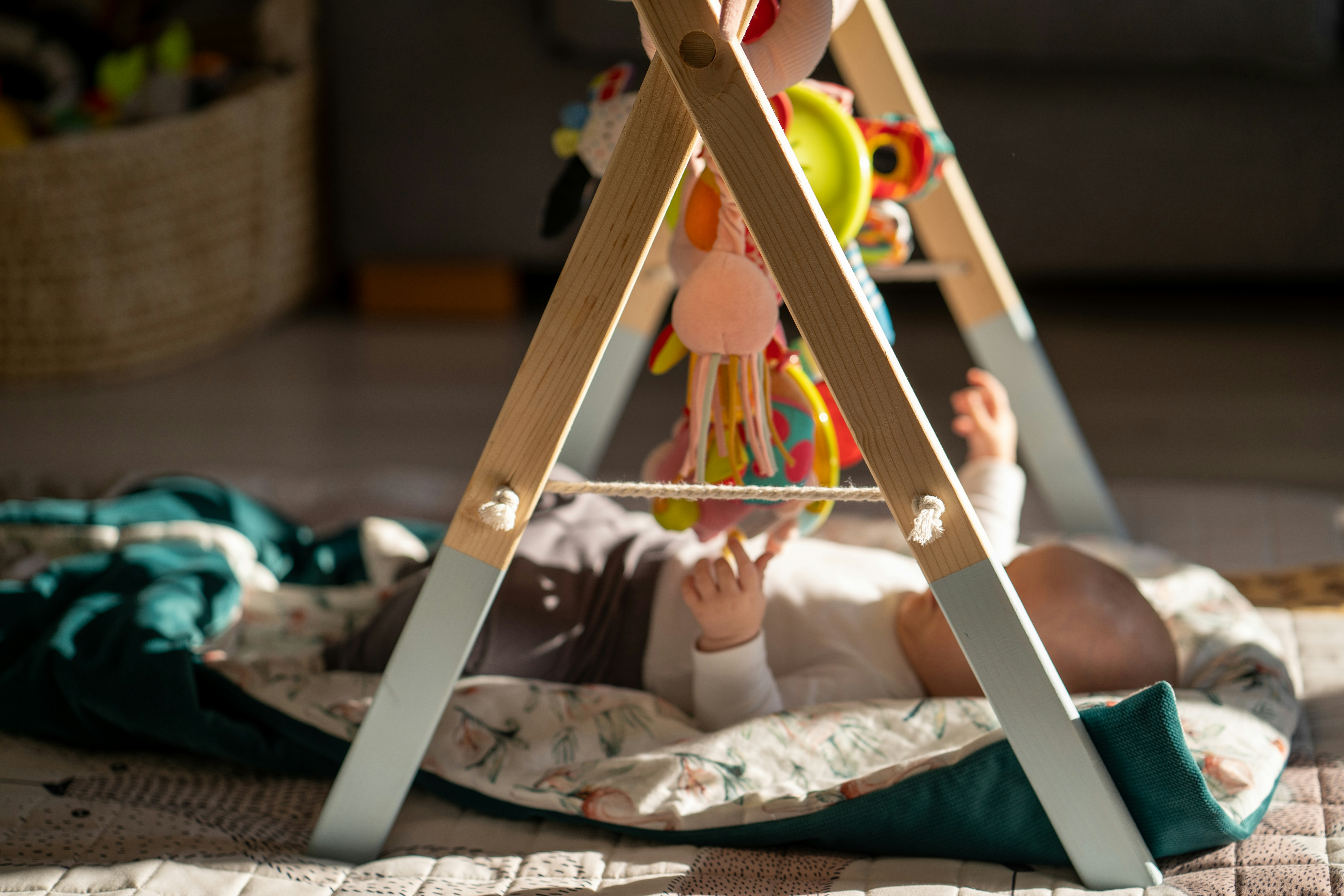New sample Bottle Boxes have launched! Purchase yours now!
What is weaning, and when should you introduce solids?

Weaning tips and tricks
When you bring your new baby home, introducing solids might feel like a whole lifetime away. In reality, six months soon fly by, and it’s time for your little one to begin their weaning adventure.
Weaning can feel overwhelming due to the plethora of information available. It’s easy to get lost in the details, but we’re here to simplify it for you. Here’s a comprehensive guide to help you navigate this exciting milestone.
What is weaning, and when should you introduce solids?
Weaning is the process of introducing solid foods into your baby’s diet while continuing to provide their essential milk requirements.
Medical professionals generally recommend starting weaning around six months unless advised otherwise by your health visitor or GP. Milk should still form the basis of your baby’s nutrition until they are at least 12 months old.
Purées vs. Baby-Led Weaning (BLW)
There are two primary approaches to weaning: puréeing and baby-led weaning (BLW).
Puréeing
Puréeing is the traditional method of weaning, involving spoon-feeding the baby with foods that have been steamed, mashed, or blended into a smooth consistency.
This method gives you more control over what your baby eats and can be less messy. It allows you to introduce iron-rich foods like meat and vegetables, which might be challenging for babies to chew, reducing the risk of gagging or choking.

Baby-Led weaning (BLW)
BLW lets your baby feed themselves, promoting independence and allowing them to explore different textures and tastes.
Foods are cut into chip-sized portions that are easy for little hands to hold, such as cucumber sticks or toast soldiers. This method helps develop the pincer grip and allows babies to eat what the rest of the family eats.

How to start puréeing foods
To begin puréeing, you’ll need to prepare, blend, and spoon-feed your baby. Batch cooking and freezing portions can save time and effort. Here’s a simple method to get you started:
- Wash, peel, and chop around 100g of a single vegetable.
- Steam for 8-10 minutes until the vegetables are soft.
- Cool and add 30-45ml of your baby’s milk.
- Mash or blend the vegetables to a smooth purée.
- Freeze portions in pots or ice cube trays to reheat when needed.
How to start baby-led weaning
When starting BLW, be mindful of choking risks. Introduce soft foods cut into finger-sized pieces, and always supervise your baby while they are eating. Here’s a quick guide:
- Wash, peel, and chop a single vegetable into finger-length strips.
- Steam for 8-10 minutes until soft, or bake at 400°F (180°C) for 30-35 minutes.
- Ensure the food has thoroughly cooled before serving.
- Use a mat under the highchair to catch food that falls.
Which method is best?
As your child develops, a combination of both methods might work best. Older babies and toddlers can handle a mix of purées and finger foods, learning to hold spoons and self-feed.
For weaning toddlers, focus on a balanced diet. Include protein for bone development, iron for cognitive growth, and carbohydrates for energy. Here’s a quick guide:
- Protein: 2-3 portions of meat, fish, or eggs daily.
- Iron-rich foods: Leafy vegetables, red meat, and beans.
- Calcium sources: Milk, yoghurt, and cheese.
- Carbohydrates: Rice, noodles, pasta, and potatoes.
By the end of the weaning process, your baby can typically eat three meals daily.
Add weaning essentials to your Little Wishlist.
Happy weaning!

Join our newsletter!
Subscribe to our newsletter for exclusive access to kids' wishlist tips, tricks, and the latest deals delivered straight to your inbox.
Follow us on Instagram for more inspiration!
@littlewishlist_
Create your wishlist!
Ready to dive into baby gift bliss? Start your wishlist adventure!






